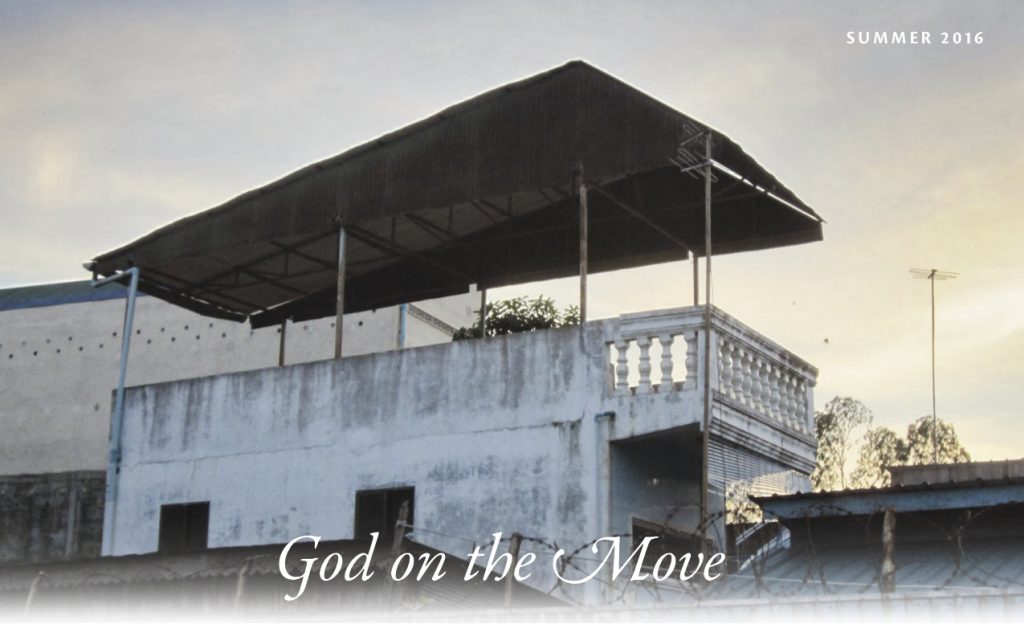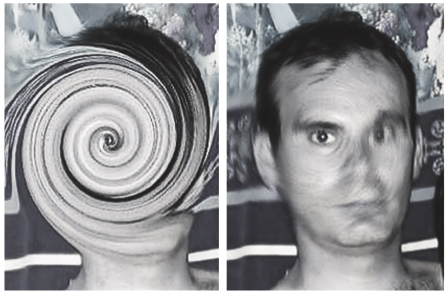Seeking Justice – Summer Newsletter

“Guilty. Guilty. Guilty.” With every charge read to him by the judge, Christopher Neil quietly responded with his plea, “Guilty.”
For a case that has lasted almost a decade, there was no sense of victory or accomplishment at hearing Neil admit to his crimes – nor were there feelings of accomplishment that justice had been served after hearing the sentence. There was just sadness – sadness because he has done horrendous things to destroy children’s lives, and sadness because he too has been destroyed in the process.
In 2007 Christopher Neil, one of the world’s most notorious child predators, became the subject of a massive Interpol manhunt. The RCMP began a Canadian investigation after Interpol released images of him assaulting young Cambodian boys with his face obscured by an infamous swirl.

On June 1, Neil was sentenced to 5 1⁄2 years in prison – 6 months more than what the Crown had asked for. A 5 1⁄2 year sentence may sound fairly pathetic (and in reality it is), but it is the latest in a series of hard fought victories that serve to slowly correct how our legal system values the lives of vulnerable children in other countries. Every file Ratanak has been involved in has seen the penalties go up – so we really are heading in the right direction.
The RCMP began investigating Neil in 2007, back when we had just finished the Bakker case – Canada’s first conviction for the sexual abuse of children internationally. They had given Brian McConaghy, Ratanak’s Founding Director, hundreds of images of the assaults to determine which country they were taken in. Like the Bakker file, and others since, the images were horrendous. He quickly identified them as being taken in Cambodia. Being witness to the recorded destruction of young lives was disturbing in every way and presented many emotional challenges, but also led to a “no holds barred” kind of drive to find them.
Neil was eventually arrested in Thailand, where he was convicted for sexually exploiting two young Thai boys in a separate case. With Neil behind bars in a Thai prison, the RCMP wound down their investigation and lost interest. But Brian never forgot about the original Cambodian case and the victimized boys in the “swirl face” images. Even though Neil had been convicted for other offences in Thailand, he had never been charged for his Cambodian crimes. On top of this he was still at high risk of reoffending on Canadian soil after returning home.
In a surprise move in 2012, Thailand pardoned Neil for his crimes and he returned to Canada. He was seen as a risk to Canadian society and was arrested upon landing. However, he was released on conditions that prevented him from using the Internet and being near children. The RCMP, once again, took an interest in the file.
In the meantime, God was in the middle of putting together a story of hope and redemption in Cambodia. From the images of the crime scene, Brian took to establishing what the outside of the building looked like. He then went about the extremely labour-intensive process of assessing hundreds of possible buildings using Google Earth before actually walking the streets of Cambodia to find the building. Against all odds, he found it. He knew the building as soon as he saw it, but he couldn’t access it to collect evidence. He was no longer in the RCMP and was not in a position to negotiate for warrants to enter the premises.
Serendipitously, Brian later learned that the building he was interested in had come up for sale. These circumstances provided a realistic opportunity to investigate and bring charges against Neil for the Cambodian assaults.
Brian attended the “open house” for the building with his cargo pants stuffed with all the forensic measurement and photographic tools needed for a crime scene examination. He wouldn’t have a lot of time. As a staff member distracted the realtor with a lengthy discussion of building details in another room, he went to work and did a full forensic examination in the crime scene not 15 feet away. He was able to forensically confirm that the crimes had indeed taken place there and sent in a forensics report to the RCMP.
Ratanak decided to buy the building in November 2013. Owning the building would also allow us to freely collect and preserve forensic evidence that put Brian in a strong position for presentation of evidence in court and for cross examination. It is now a home in which young lives are protected and blessed – a property redeemed from darkness to light. One of the darkest places we had encountered is now a place of blessing.

A Bible rests open on a bed in what used to be the crime scene of Chris Neil’s case. The building was purchased by Ratanak and is now being used as a dorm for vulnerable children in the community.
And that is just the building… the story of how our staff members were able to find and encourage one of the victims from the swirl face photos is just as remarkable. They built a relationship of trust with a young man who was so vulnerable and fearful – still traumatized from the abuse he had suffered as a child. They went to great lengths to set up interviews with the RCMP where he would feel safe and protected. With great bravery, he told his story and had it recorded for evidence. This case would not have been successful without the help of our staff in Cambodia.
We recognize these are bizarre opportunities for a small, Christian charity. We continue to marvel that God would use us to bring justice to those who have had none. While it scares us, we celebrate God’s creativity as He shows His love in these amazing ways.
With Chris Neil’s sentence handed down on June 1, this chapter is finally closing. But the work of healing in the lives of those who have experienced gut-wrenching brutality is still ongoing. So often, we domesticate our faith and settle into our comfortable rhythms. But God challenges us to live radical lives of love. Not because of anything we can do by our own strength, but because of all that He can do when we offer Him our lives. Protecting the poor, doing justice, restoring dignity – these are not suggestions. They are commands of a God who loves deeply and mourns the suffering of His children.
Representing one shattered boy (now young man) in a complex international legal case, reuniting young women with their families after having been trafficked overseas, walking alongside survivors through their struggles, tears and victories, empowering Cambodians to protect their families and communities, and so much more…. God is transforming lives and bringing hope to the darkest of places. In following the ultimate example of Christ, God gives us the ultimate privilege of joining with Him in His work of bringing joy, dignity and restoration to those He has died for. Such work is often overwhelming for us… but it is never overwhelming to the God of sorrows, the one acquainted with grief.
